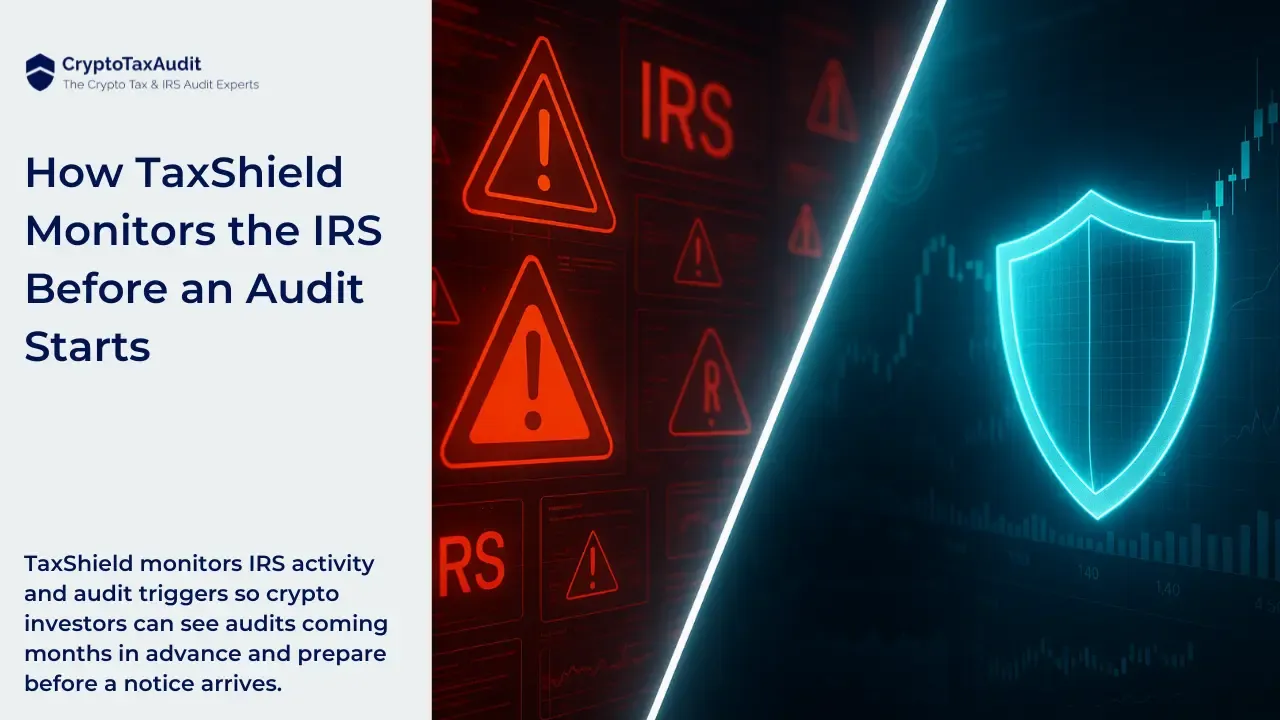Understanding the IRS Notice
Introduction to IRS Notices
Receiving a notice from the Internal Revenue Service (IRS) can be a stressful experience for any taxpayer. However, understanding the purpose and implications of these notices is crucial. IRS notices are typically issued to communicate discrepancies, missing information, or potential issues with a taxpayer's return.
This article will help you understand the common reasons for receiving an IRS notice, how to effectively respond, and steps to take if you disagree with the IRS.
Overview of IRS Automated Underreporter (AUR) Program
Many IRS notices are generated through the Automated Underreporter (AUR) Program. This program cross-references the income reported on tax returns with information from employers, financial institutions, and other sources. This automated system ensures that the income reported by taxpayers aligns with the information provided by external entities. If discrepancies are identified, the IRS issues a notice prompting the taxpayer to review and rectify any errors.
Reasons for Receiving an IRS Notice
Several factors can lead to the issuance of an IRS notice. Common triggers include incorrect income reporting, mismatched personal information, and missing forms or documentation. Understanding these triggers is essential for taxpayers to preemptively address potential issues.
IRS Notice Letter CP2000
Overview of CP2000 Notice
While there are various types of IRS notices, one of the most common is the CP2000. This notice is generated when the income reported on a taxpayer's return does not match the information in the IRS database due to discrepancies in income reporting, unreported income, or omitted tax credits.The CP2000 outlines proposed changes and provides a response form for the taxpayer, allowing the taxpayer the opportunity to either agree with the proposed changes or dispute them.
Balance Due
Receiving a notice indicating a balance due means you owe the IRS money. This may result from unpaid taxes, penalties, or interest. It is crucial to address this promptly to avoid further financial consequences.
Refund Discrepancy
If the refund amount differs from what you claimed on your tax return, the IRS may send a notice. This can occur due to errors, discrepancies in your calculations, or eligibility for certain credits.
IRS Questions About Your Return
The IRS may send a notice seeking clarification or additional information regarding specific aspects of your tax return. This could include income sources, deductions, or credits claimed.
Identity Verification
The IRS may need to verify your identity if they suspect fraudulent activity or if there are inconsistencies in the information provided. Addressing this promptly is essential to prevent delays in processing your return.
Additional Information Needed
Sometimes, the IRS may require additional information to process your return properly. This could include supporting documents for claimed deductions or credits. Providing the necessary information promptly is crucial.
Changes Made to Your Return
The IRS may change your return if they identify errors or discrepancies during their review. They will send a notice outlining the changes and their impact on your tax liability.
Delays in Processing Your Return
If there are delays in processing your return, the IRS may issue a notice to inform you of the situation. This could be due to various reasons, such as incomplete information or a backlog in IRS processing.
Disagreements with IRS Notices
The Importance of Addressing Discrepancies
Disagreements with IRS notices should not be taken lightly. Ignoring or delaying responses may result in penalties and interest charges. Addressing discrepancies promptly demonstrates cooperation and increases the likelihood of a favorable resolution.
Initiating the Dispute Process
When faced with a notice, carefully review the proposed changes and determine whether you agree or disagree. If a disagreement arises, initiate the dispute by responding to the notice. Clearly explain your position and provide supporting documentation to strengthen your case.
Step-by-Step Guide for Taxpayers
Evaluate Your Situation and Decide on the Right Response
Start by validating whether you owe additional taxes. Follow these steps:
- Gather all information statements under your Social Security Number, such as W-2s and 1099s, received at tax time.
- Compare these statements with your tax return to identify any unreported income.
- Properly calculate any additional tax owed, considering potential additional deductions.
Determine whether you agree, partially agree, or disagree with the CP2000 notice.
Contacting the IRS
If you have questions or need clarification regarding the notice, contact the IRS using the information provided on the notice itself. Be prepared for potential wait times, and maintain a patient and persistent approach when seeking assistance.
Respond to the IRS
Depending on your agreement with the notice, take the following actions:
- Agreeing:
- Send the completed CP2000 response form to the IRS along with the payment if applicable.
- If you can't pay the entire amount, request an installment agreement with your CP2000 response.
- Partially Agreeing or Disagreeing:
- Compile and mail or fax a detailed response to the IRS, including documents supporting your position.
- You can attach a corrected return to clarify your position, but avoid filing an amended tax return.
- Address any proposed penalties in your response to the underreporter notice.
- If the IRS Rejects your response, consider appealing the decision.
Prevent Future Underreporting and Resulting Penalties
After about eight weeks:
- Call the IRS or analyze your transcripts to confirm the resolution of your issue.
To avoid penalties on future returns:
- Analyze your information statements to identify errors in other years.
- If necessary, file an amended return on these years to avoid the additional 20% accuracy penalty.
For future returns:
- Gather all your information before filing.
- Request your information statements (wage and income transcripts) from the IRS. Note that these transcripts may not contain all your Forms W-2 and 1099 until late May.
By following these steps, you can effectively respond to a CP2000 notice, address potential discrepancies, and prevent future underreporting issues. Remember, timely and accurate responses are key to resolving tax matters with the IRS.
Appealing Decisions
Understanding the Appeal Process
If your initial response does not lead to a resolution, you can appeal the IRS decision. Familiarize yourself with the appeal process outlined in the notice and follow the provided guidelines meticulously.
Timely Filing an Appeal
Note the deadline for filing an appeal, as missing this deadline may jeopardize your ability to contest the IRS decision. Timely filing demonstrates your commitment to resolving the issue and allows for smoother progression through appeals.
Providing Additional Documentation
When appealing a decision, be prepared to provide additional documentation that supports your case. The appeal process allows for presenting new evidence or clarifying existing information. Ensure that all documentation is relevant.
Seeking Professional Assistance: CryptoTaxAudit
CryptoTaxAudit offers comprehensive support, including reviewing IRS notices, preparing responses, and representing taxpayers in cryptocurrency audits. Our tax professionals can help you investigate the cause of your CP2000 notice and communicate with the IRS. Need help? Get in touch today.





